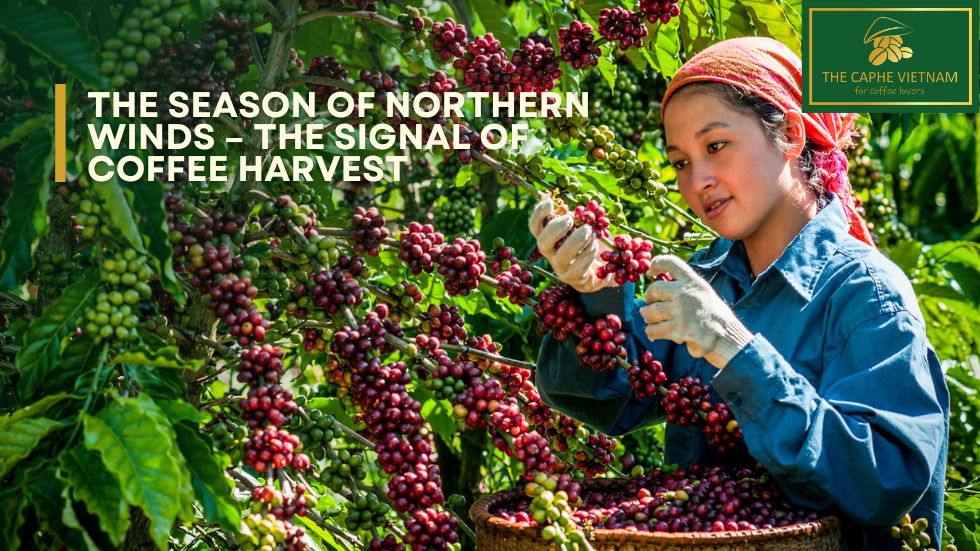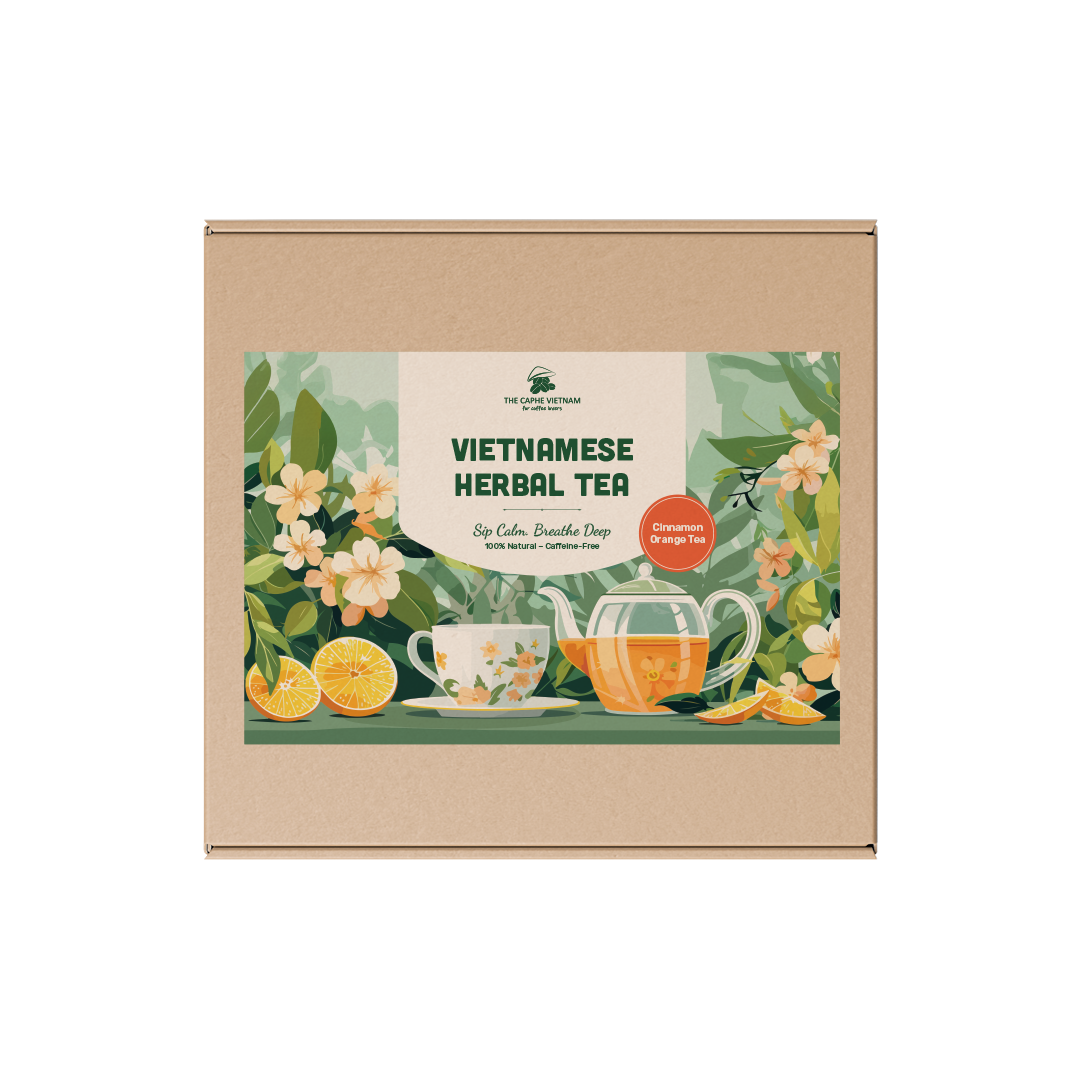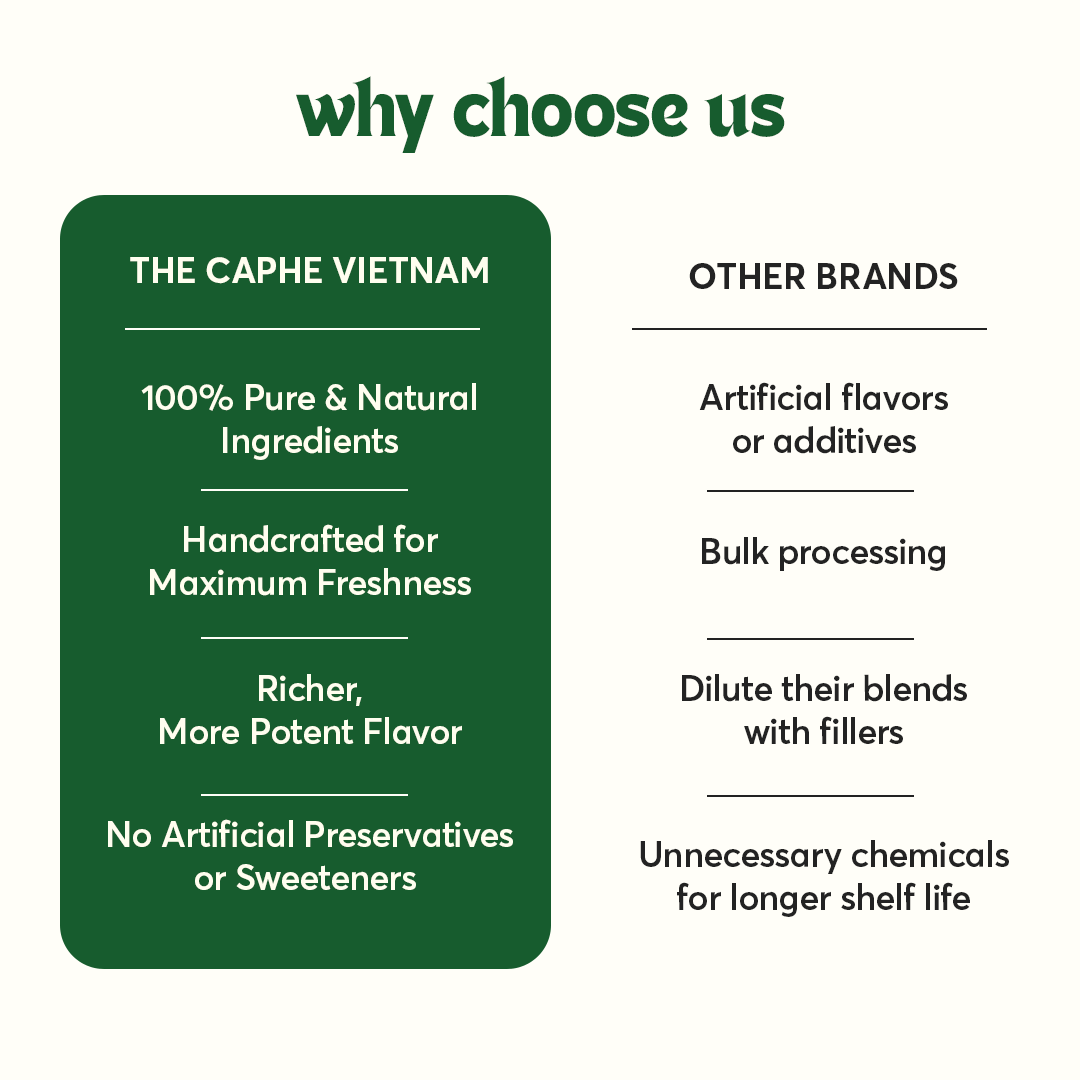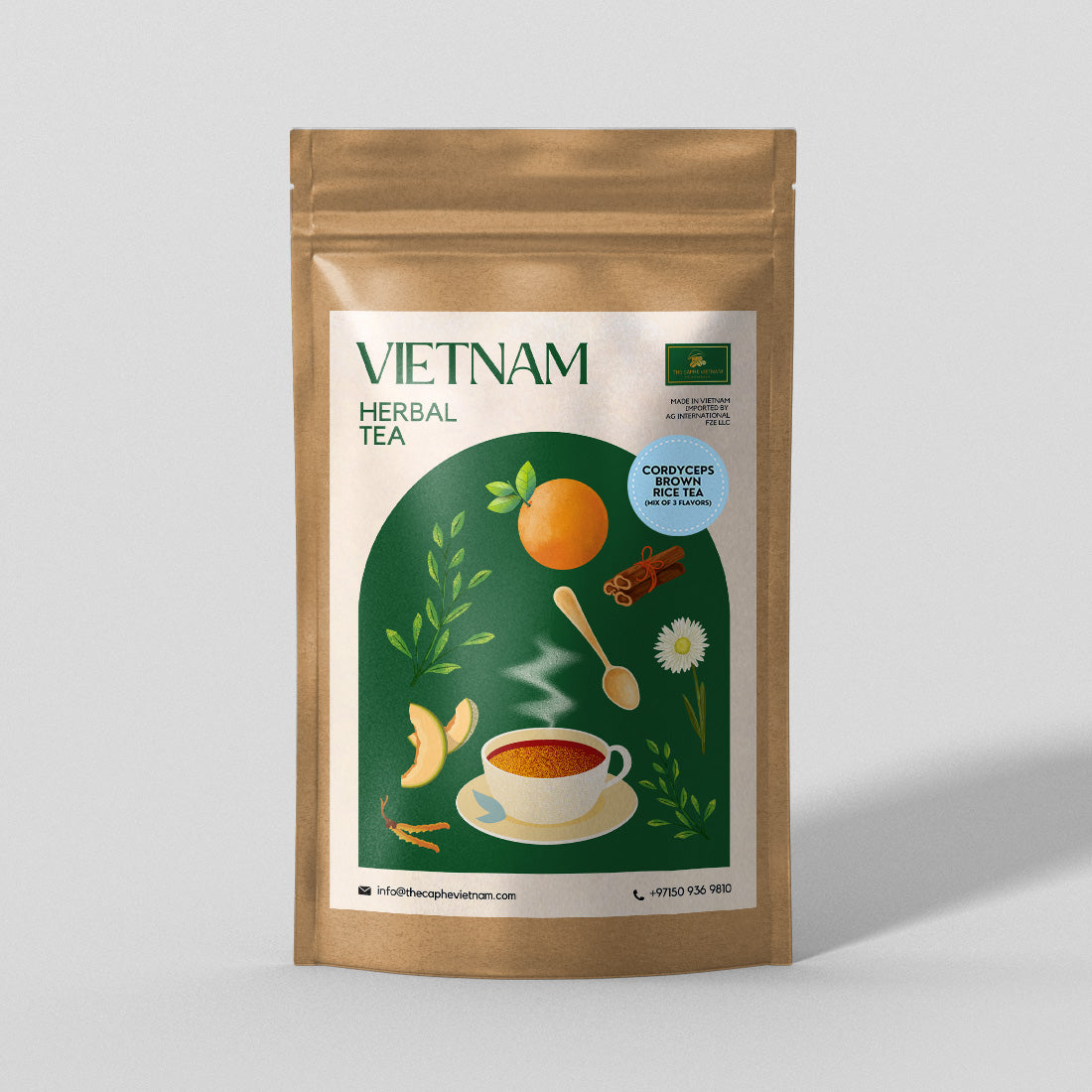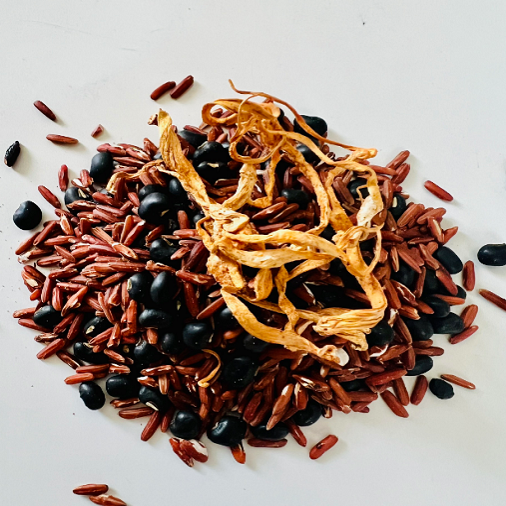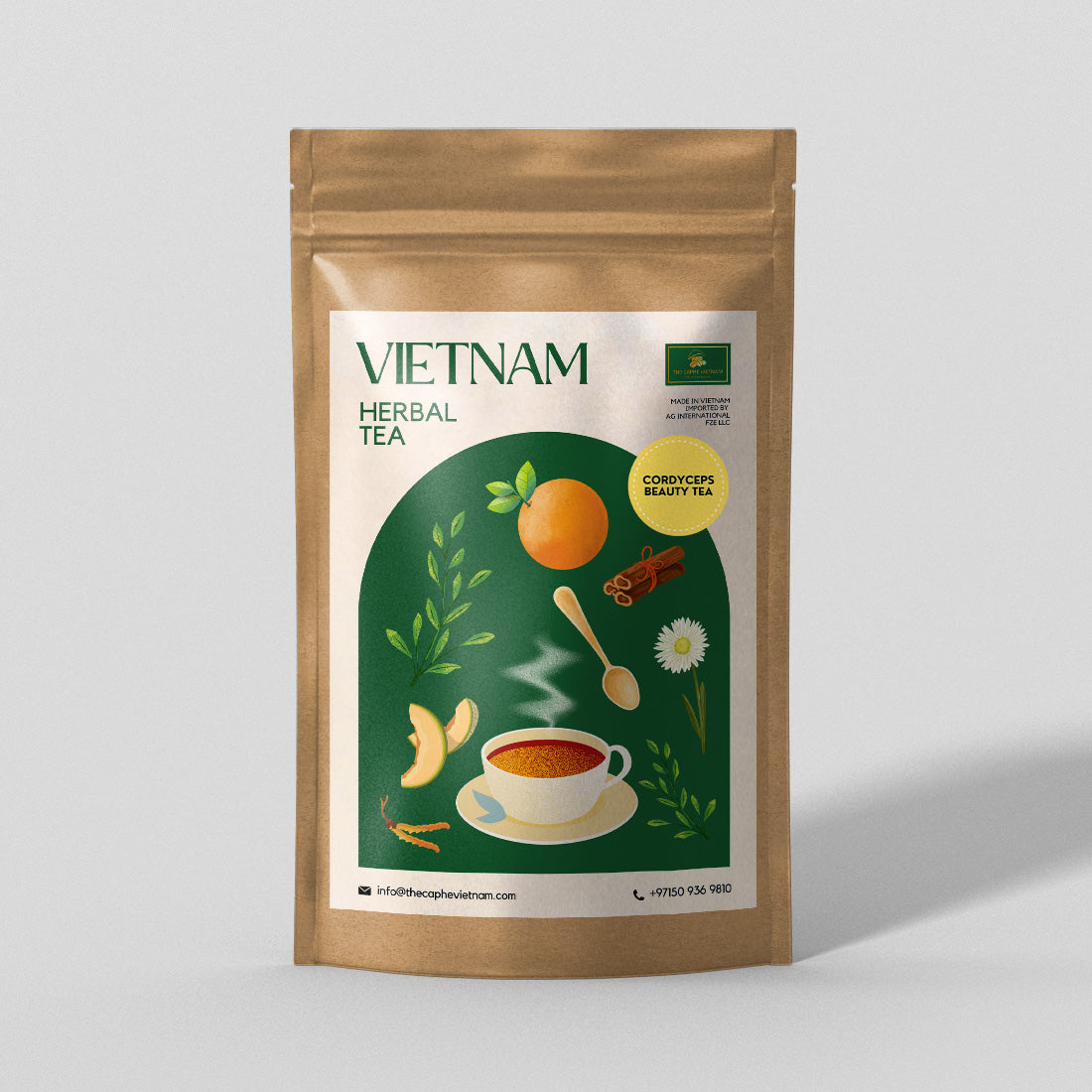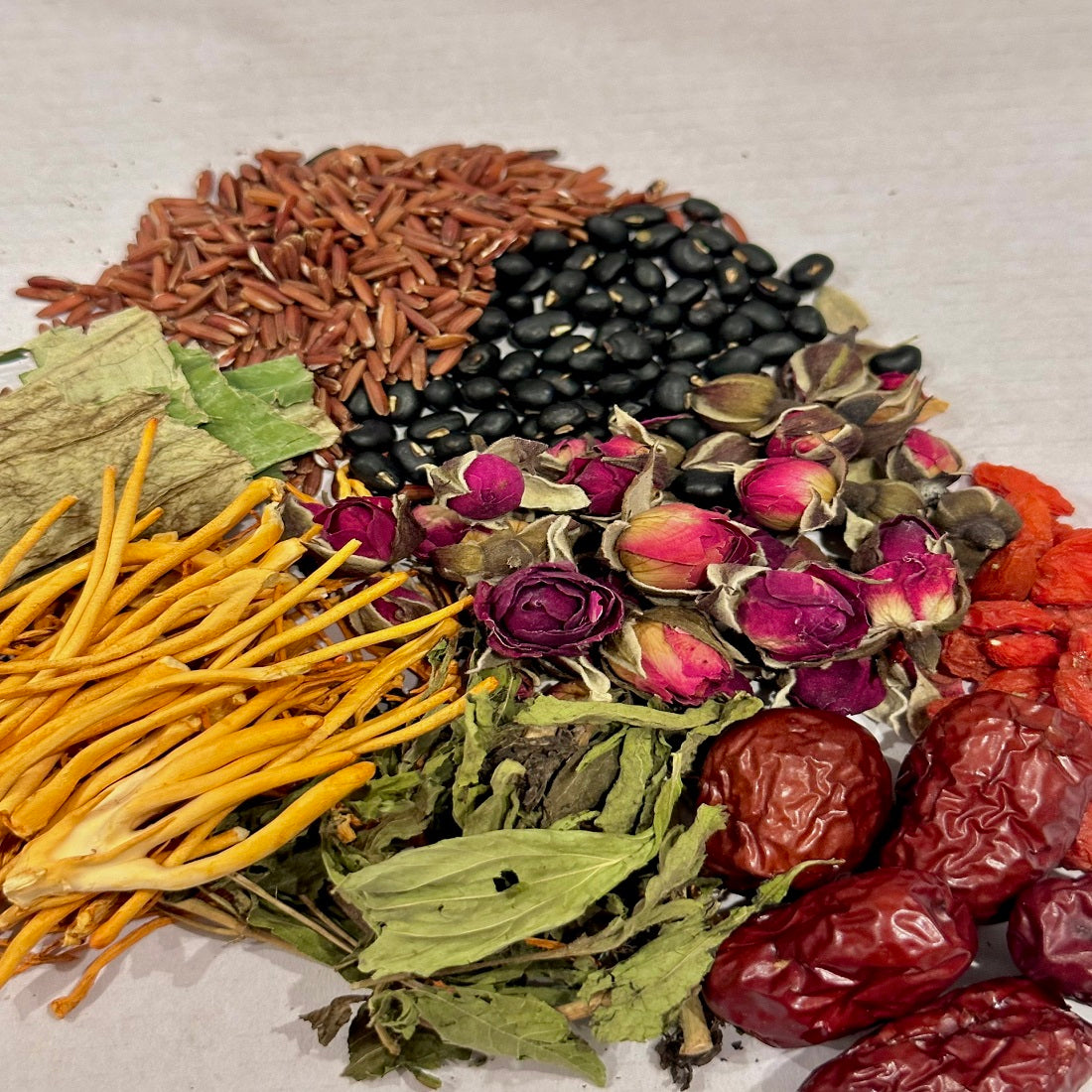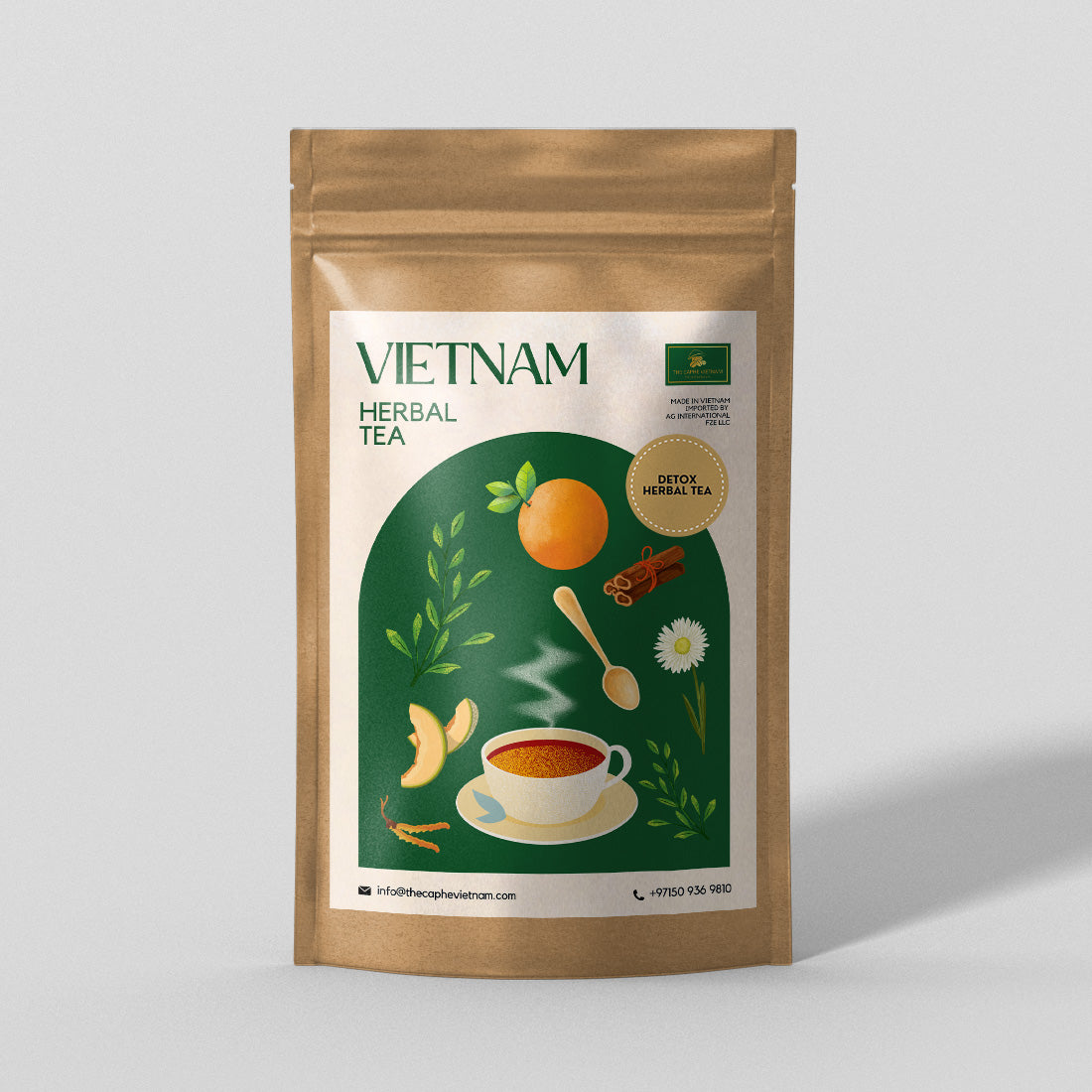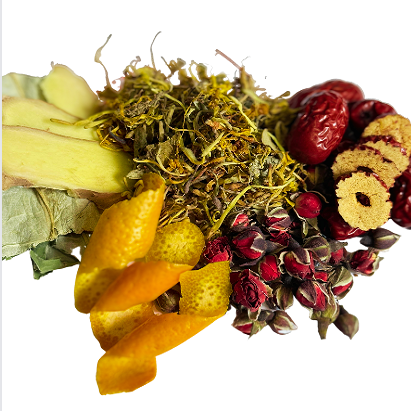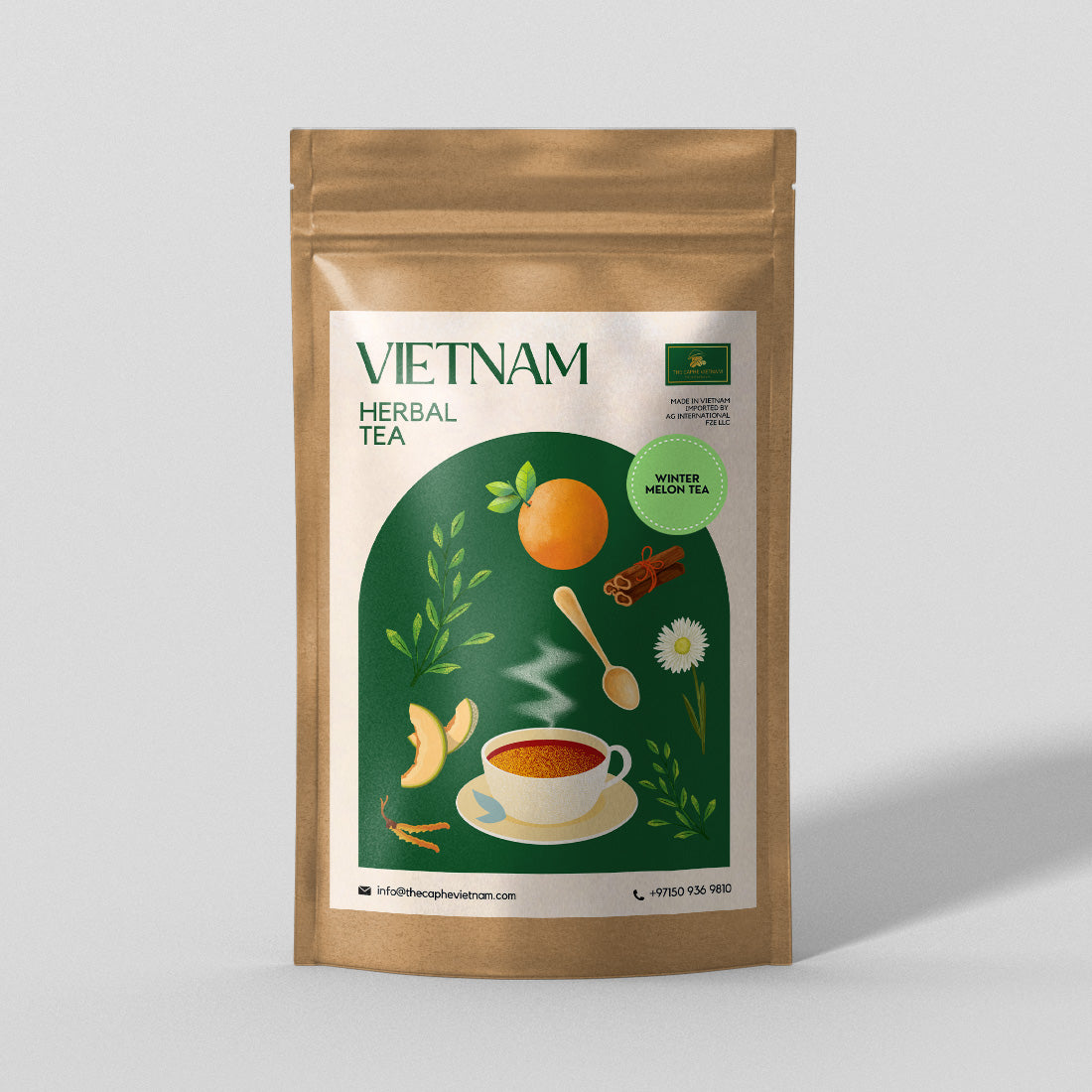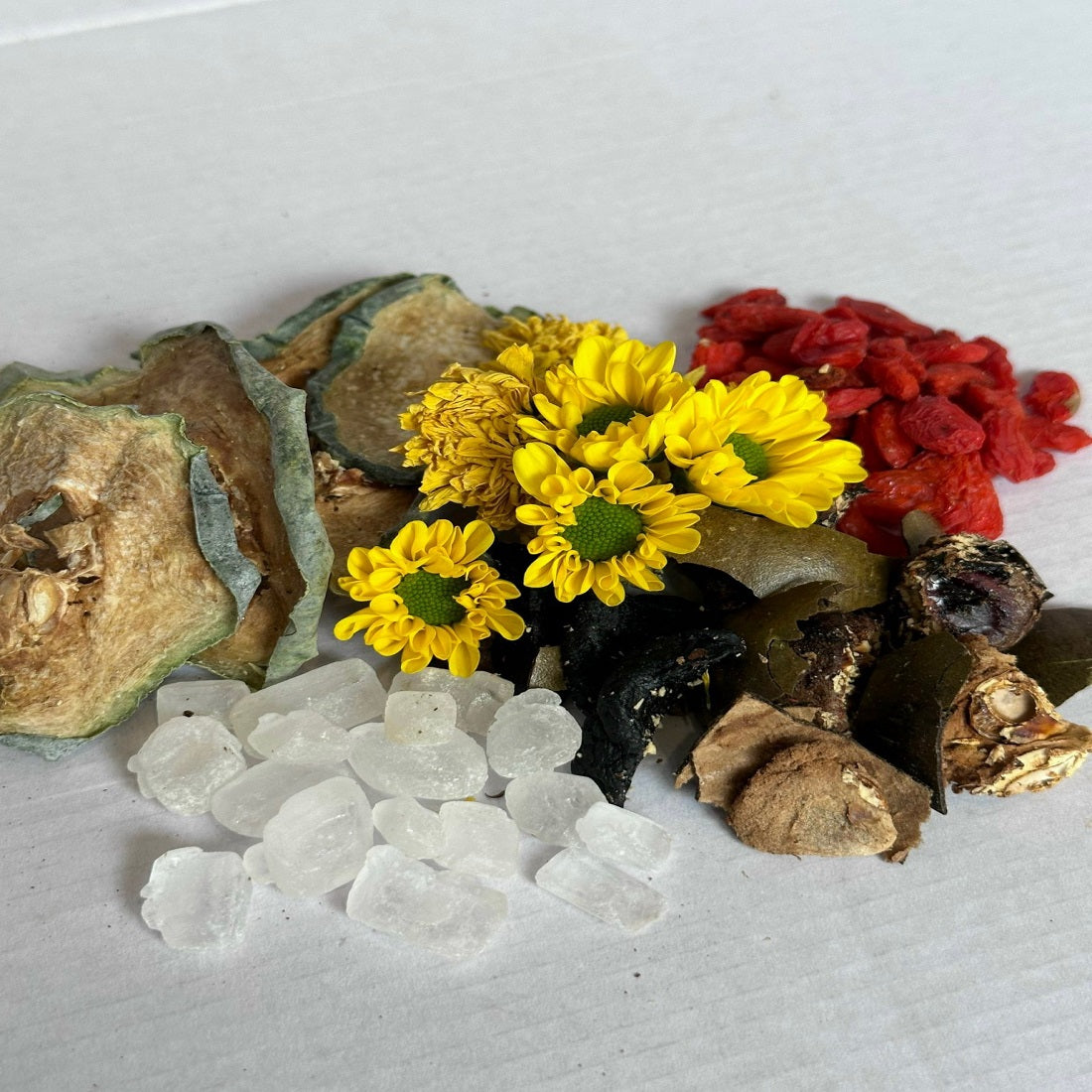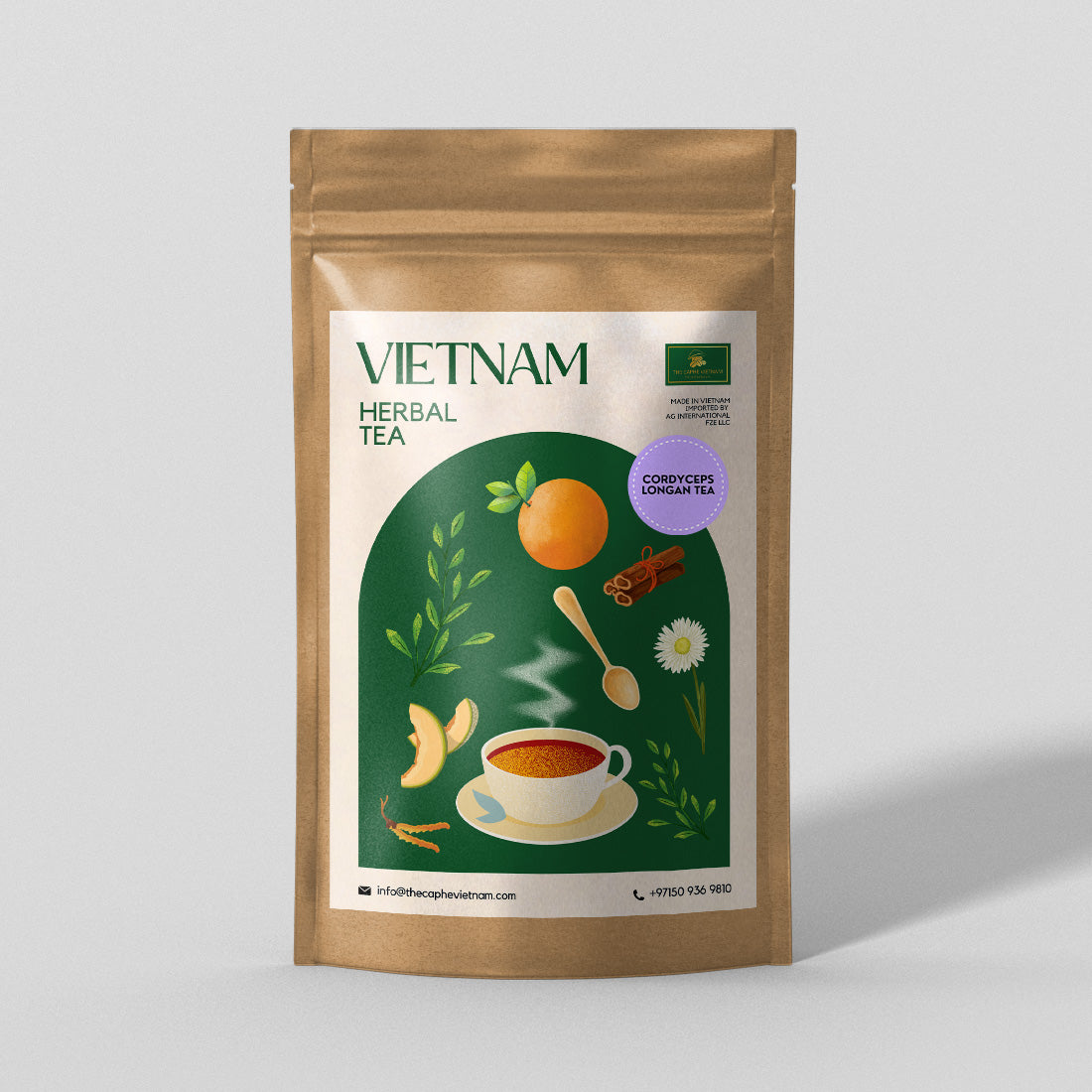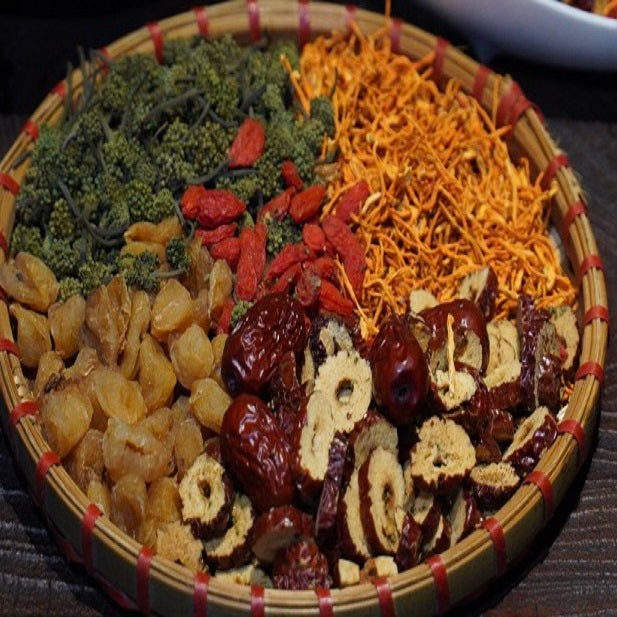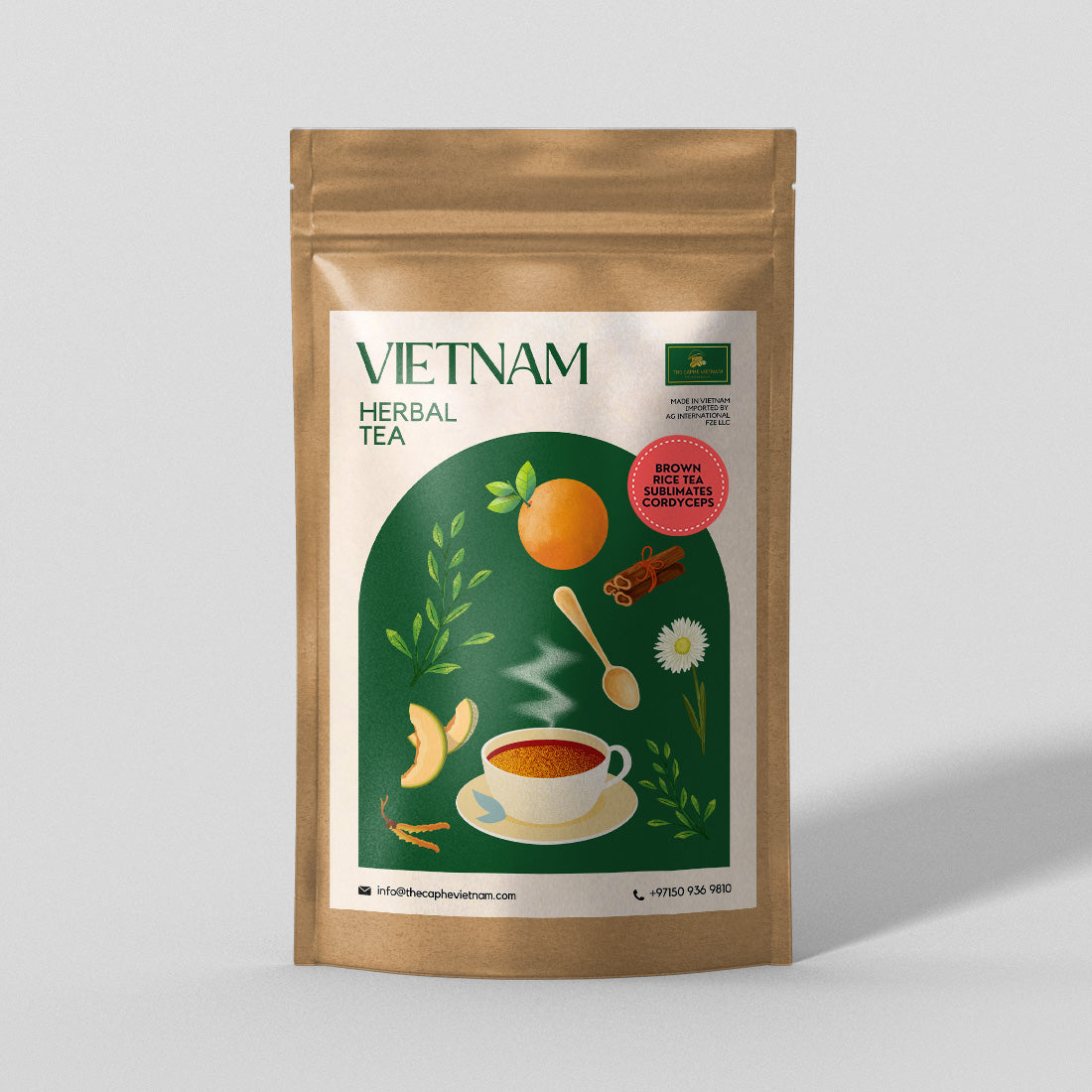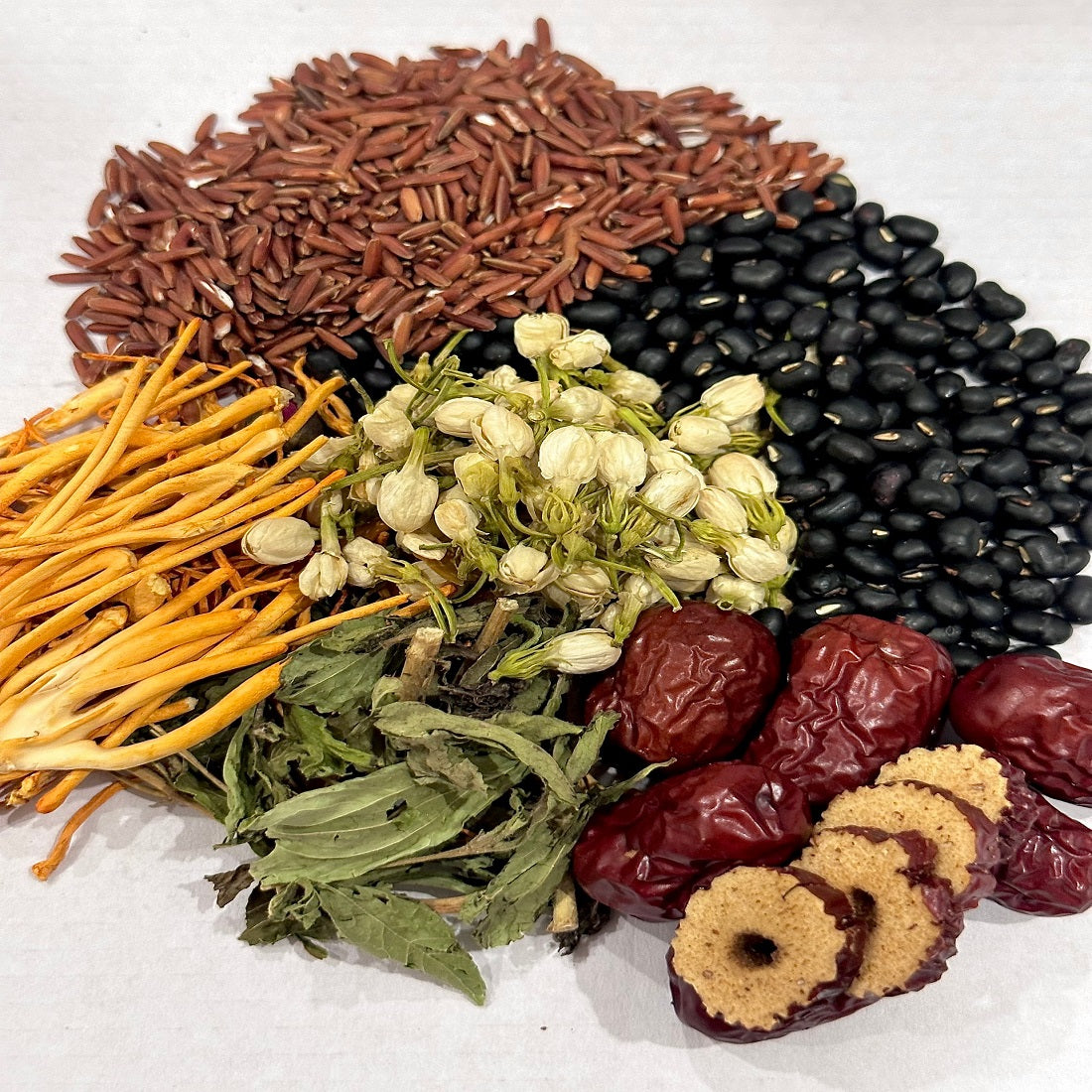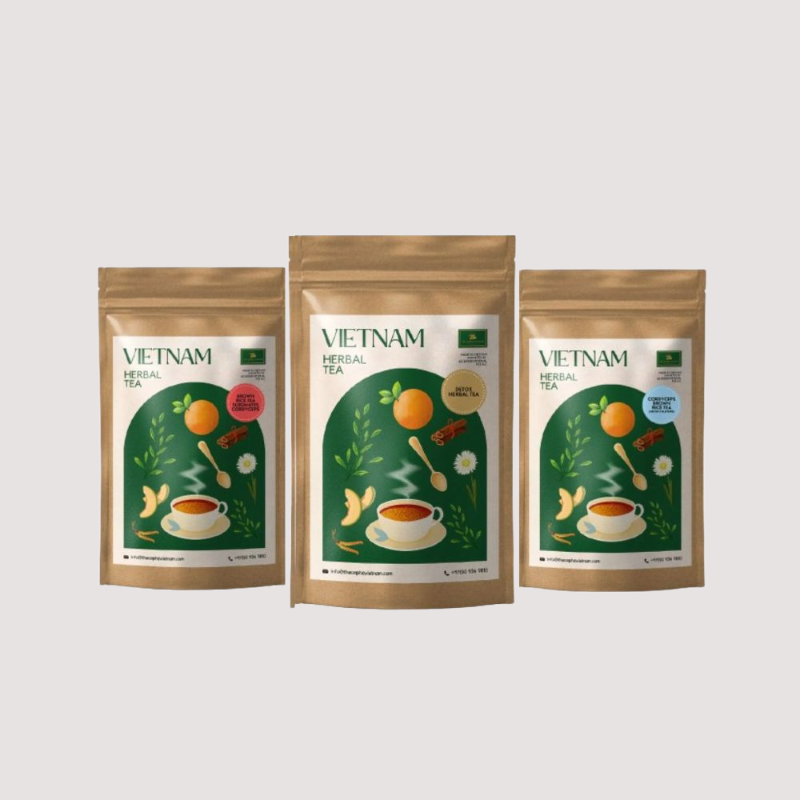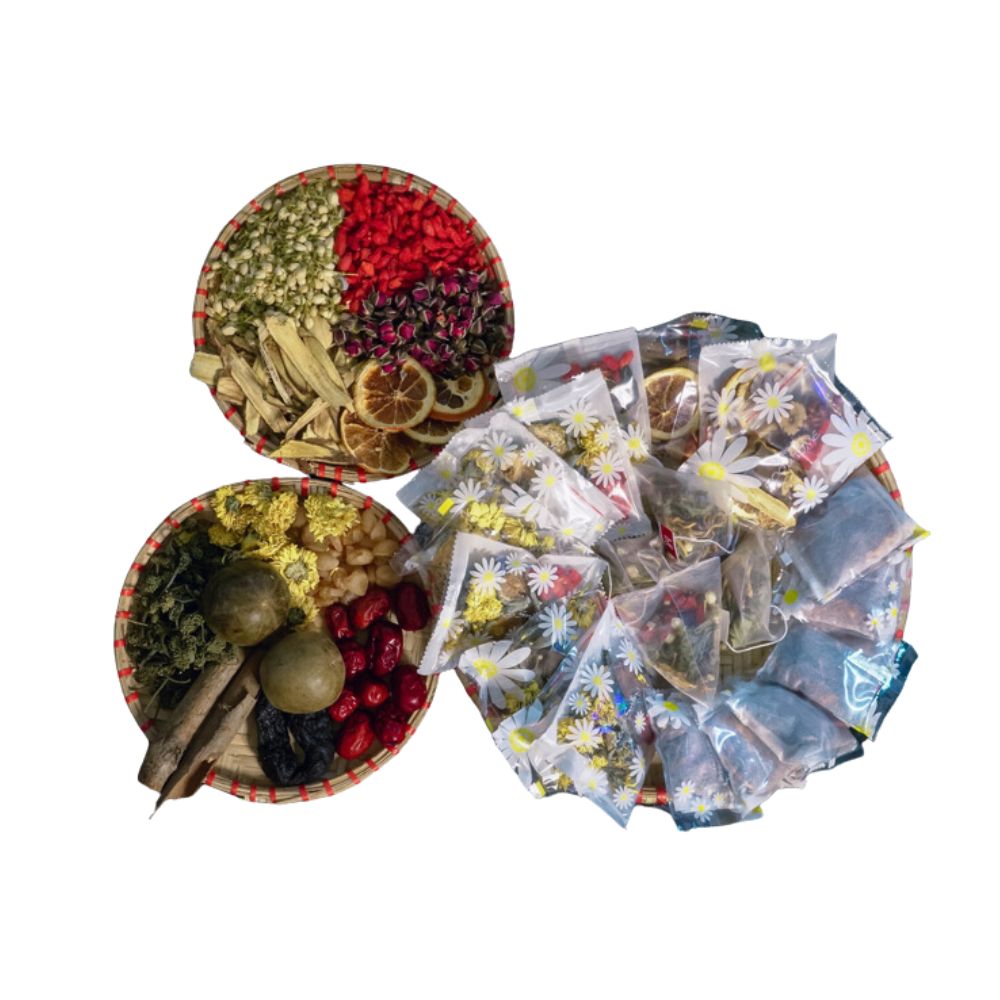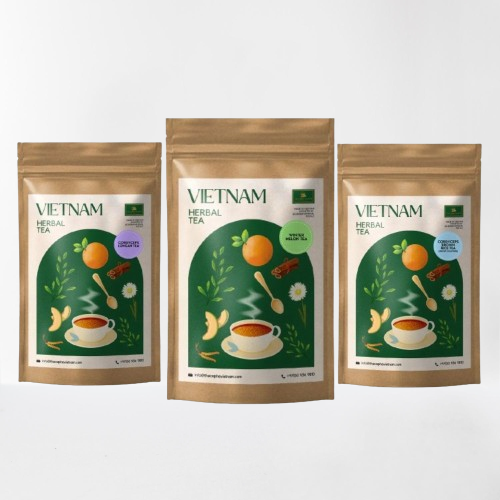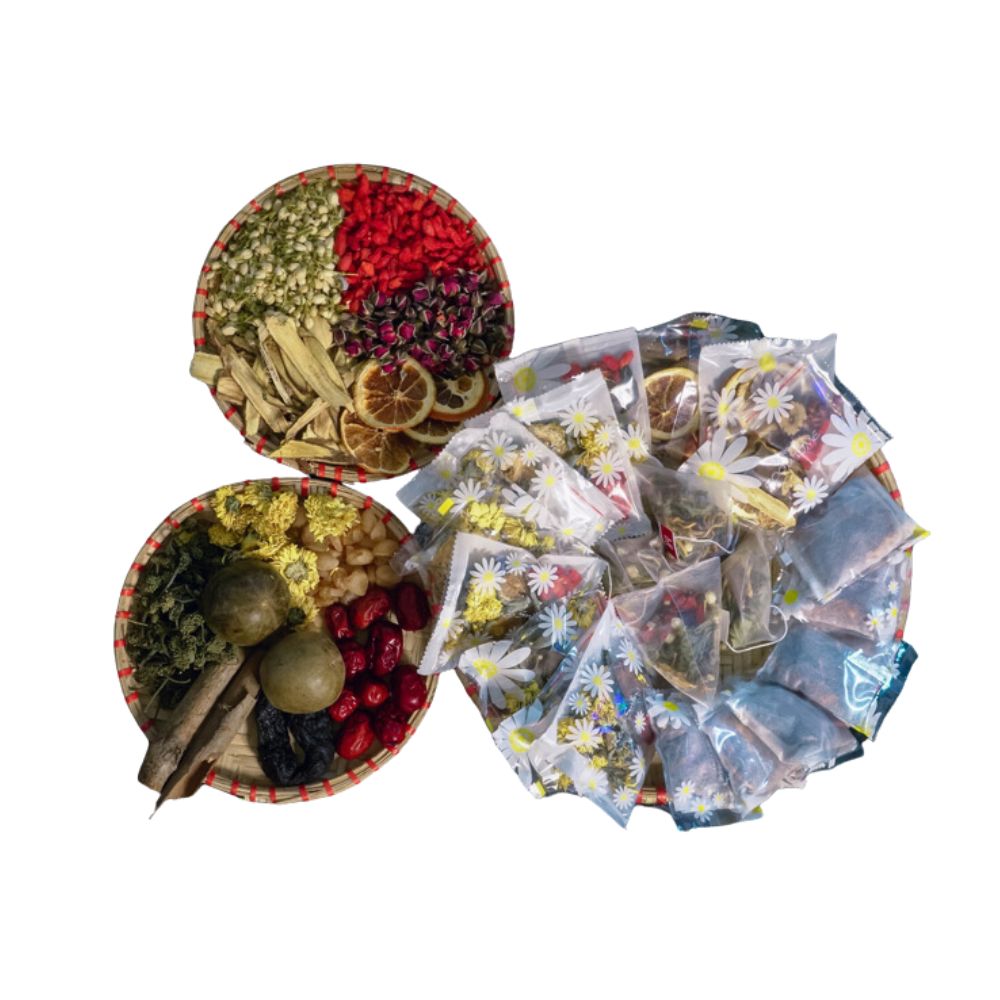
Vietnamese coffee journey: From origin to becoming a global beverage

Vietnamese coffee has a separate fan base globally, thanks to its strong chocolaty flavors and unique brewing method. No wonder Vietnam is one of the extensive exporters of Vietnamese Robusta coffee, with a total market share of approx 20%.
But how did coffee production even begin in Vietnam? Despite not being the main crop of the Vietnamese people, how did it become a crucial crop for the economy of Vietnam? If you’re already curious, read on as we dig deep into the past of Vietnamese coffee culture and bring you the story behind its origin to becoming the leading Robusta coffee producer in the world.

The Origin
Did you know the first coffee tree that was introduced to Vietnam by French colonialists was not Robusta but was actually Arabica? The story began in 1857 when a French Catholic priest brought an Arabica tree to Vietnam, which was grown in northern provinces such as Ha Nam and Quang Tri, as an experiment. Unfortunately, the coffee trees did not grow well there.
Later, the coffee's growth was tested in the central highlands of Buon Ma Thuot, and luckily, the plant thrived. Initially, only Arabica was grown on a small scale in the region, and only after 1908 was Robusta coffee introduced after observing that the climate and soil of the area were good for Robusta coffee.
The Expansion
The French established large coffee plantations in the central highlands to boost coffee production in the country. Farmers were given financial support and incentives to encourage coffee cultivation in the region. Sadly, coffee production came to a standstill during the Vietnamese war.
Post-war, in an attempt to revive its broken economy and infrastructure, the Vietnamese government resumed coffee production. State-run enterprises expanded production and export, and by the 1990s, Vietnam had become the second-largest coffee producer in the world after Brazil due to the large-scale production of the Robusta coffee beans.

Global Recognition
The extensive export of Vietnamese coffee to over 180 countries made it a household favorite for many. Apart from its nutty and chocolaty flavor, Robusta gained popularity in the global market because of its high caffeine content, which is almost double that of Arabica.
Moreover, having originated in Vietnam, the robusta coffee also brought with it the unique slow brewing technique using a Phin filter, which one can get from The Caphe Vietnam website. The use of a Phin filter helps in brewing rich and intense cups of coffee, giving rise to a couple of popular Vietnamese coffee drinks, especially Vietnamese Iced Coffee.
How is Vietnamese coffee processed?
Although the most common method is the natural dry method, with the increased global demand.
Harvesting and processing
The coffee seedlings are sowed during May and June, ideally during the rainy season, as Robusta requires a high temperature of 18֯ - 36֯ C and more rainfall than Arabica.

The Caphe Vietnam chose from a 100% ripeness ratio for specialty coffee.
After removing the impurities, coffee berries are dried slowly in the greenhouse, and beans are extracted. The beans are then hulled, graded, and prepared for export. The meticulous selection of beans ensures only the best Vietnamese coffee reaches coffee lovers, such as the ones sold by The Caphe Vietnam.
Roasting
The roasting of Robusta coffee beans usually depends on the region in which they are processed. The roasting enhances the flavor of the coffee by highlighting the individual flavor profile of coffee beans, making it bold yet balanced, unlike its counterpart, Arabica.
Conclusion
From being a colonizer crop to acquiring the global coffee market, the story of Vietnamese coffee origin demonstrates resilience, hard work, and hope. It shows the creativity of the people of Vietnam and their ability to turn an opportunity into a business by sticking to traditional methods and incorporating a part of their culture into it.





